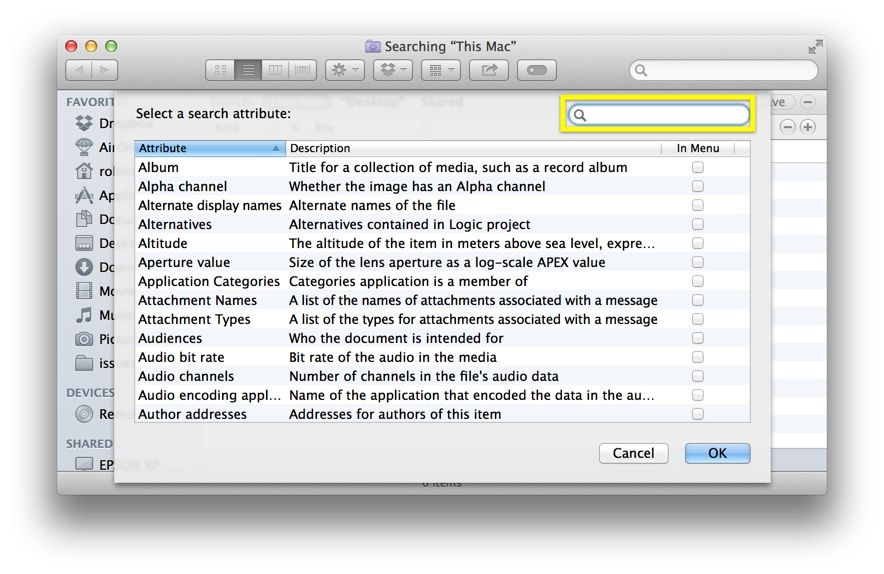

“*a?” matches any expression that contains the character “a” followed by any other single character, such as “That”, “Cap” and “Irregular”.ĬOUNTIF(B2:E7,“*on?”) returns a count of the number of cells in the range B2:E7 that contain a value that starts with any number of characters (including none) followed by “on” and then a single character. The wildcard characters (? * ~) can be used together in expressions that allow conditions. Use multiple wildcard characters in a condition SEARCH(“~?”,B2) returns 19 if cell B2 contains “That is a question? Yes it is!” since the question mark is the 19th character in the string. “~?” matches the question mark, instead of using the question mark to match any single character.ĬOUNTIF(E,“~*”) returns a count of the number of cells in column E that contain the asterisk character. Some examples of using the character ~ in matching patterns are: The ~ character is used to specify that the following character should be matched rather than used as a wildcard, in an expression that allows conditions. “*ed” matches a string of any length ending with “ed”, such as “Ted” or “Treed”.ĬOUNTIF(B2:E7,“*it”) returns a count of the number of cells in the range B2:E7 that contain a value that ends with “it” such as “bit” and “mit”. Some examples of the use of the wildcard character * in matching patterns are: The * character is used to match any number of characters, including none, in an expression that allows conditions. Use a wildcard to match any number of characters “Th?” matches any string beginning with “Th” and containing exactly two additional characters, such as “Then” and “That”.ĬOUNTIF(B2:E7,“?ip”) returns a count of the number of cells in the range B2:E7 that contain a value that starts with a character followed by “ip”, such as “rip” and “tip”. “Ea?” matches any string beginning with “Ea” and containing exactly one additional character, such as “Ea2” or “Eac”. Some examples of the use of the wildcard character ? in matching patterns are: The ? character is used to match a single character in an expression that allows conditions. Use a wildcard to match any single character “Abc”&A1 returns “Abc2” if cell A1 contains 2.Ī1&A2 returns “12” if cell A1 contains 1 and cell A2 contains 2.ī2&”, “&E2 returns “Last, First” if B2 contains “Last” and E2 contains “First”. Some examples of the use of the concatenation operator are:
/FinderSidebarSierra-58adf6783df78c345bff84fa.jpg)
The & character is used to concatenate, or join, two or more strings or the contents of referenced cells. Wildcards (*,?,~) can be used in conditions to represent one or more characters.Ĭoncatenate strings or the contents of cells The string operator (&) can be used in formulas to concatenate, or join, two or more strings or the contents of referenced cells.
#Wildcard file search on mac mac#
Ways to use string operators and wildcards in Pages on Mac If you can’t remove something from a document.Restore an earlier version of a document.Save a large document as a package file.
#Wildcard file search on mac pdf#
Export to Word, PDF or another file format.Change the look of chart text and labels.Add a legend, gridlines and other markings.Change a chart from one type to another.Functions that accept conditions and wildcards as arguments.Ways to use the string operator and wildcards.String operator and wildcards in formulas.

Calculate values using data in table cells.Fill shapes and text boxes with colour or an image.Set pagination and line and page breaks.Format hyphens, dashes and quotation marks.



 0 kommentar(er)
0 kommentar(er)
